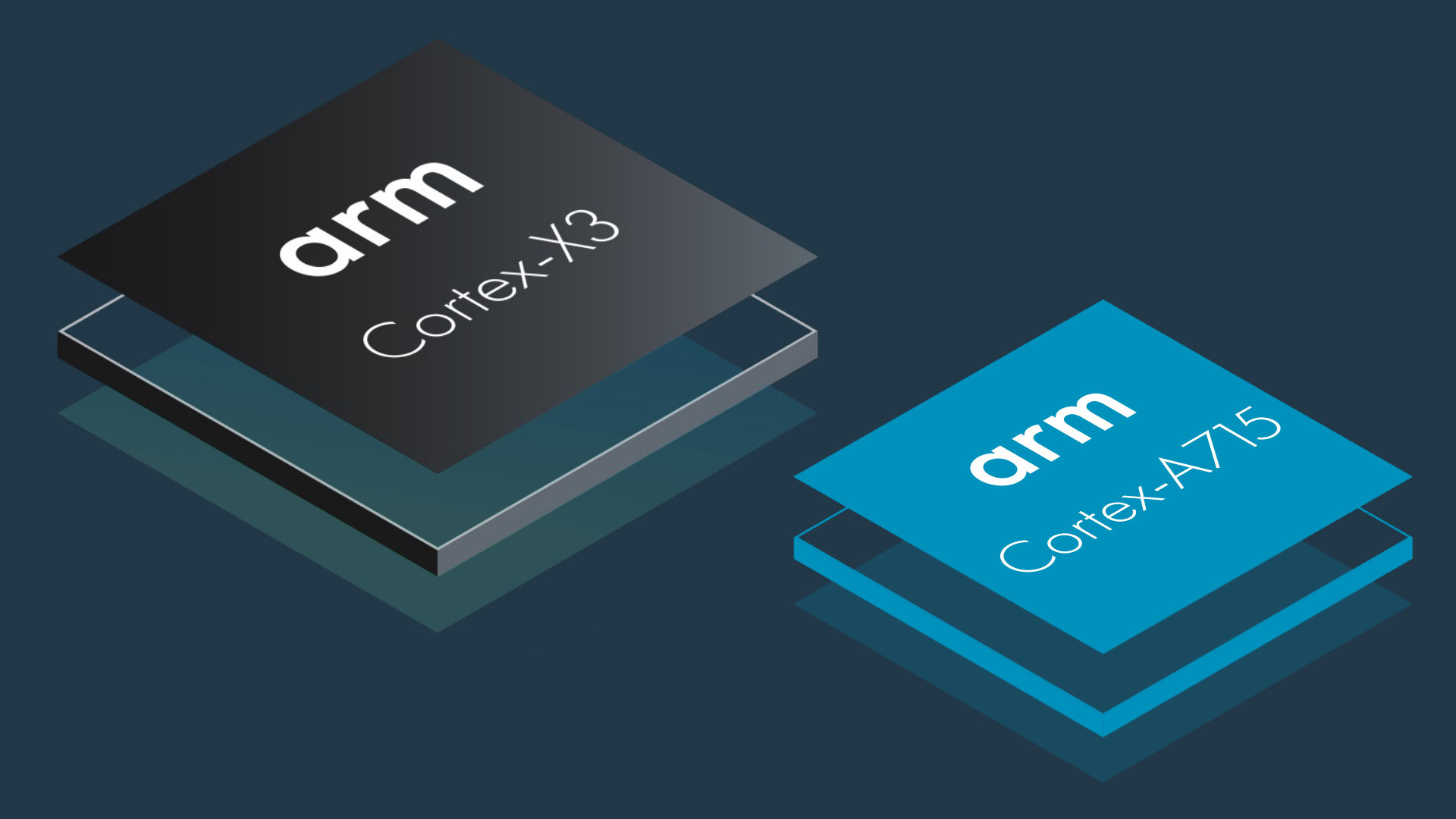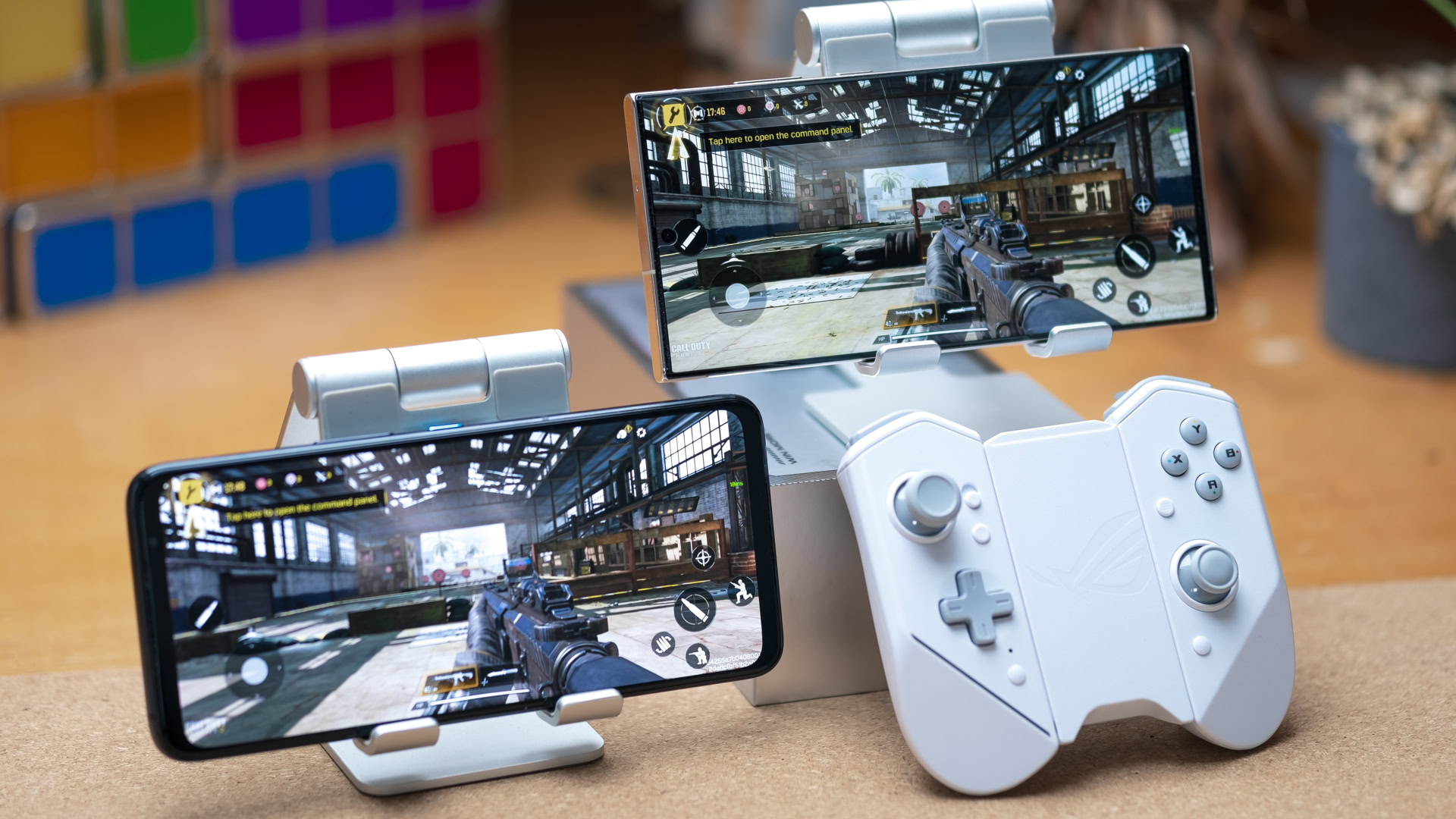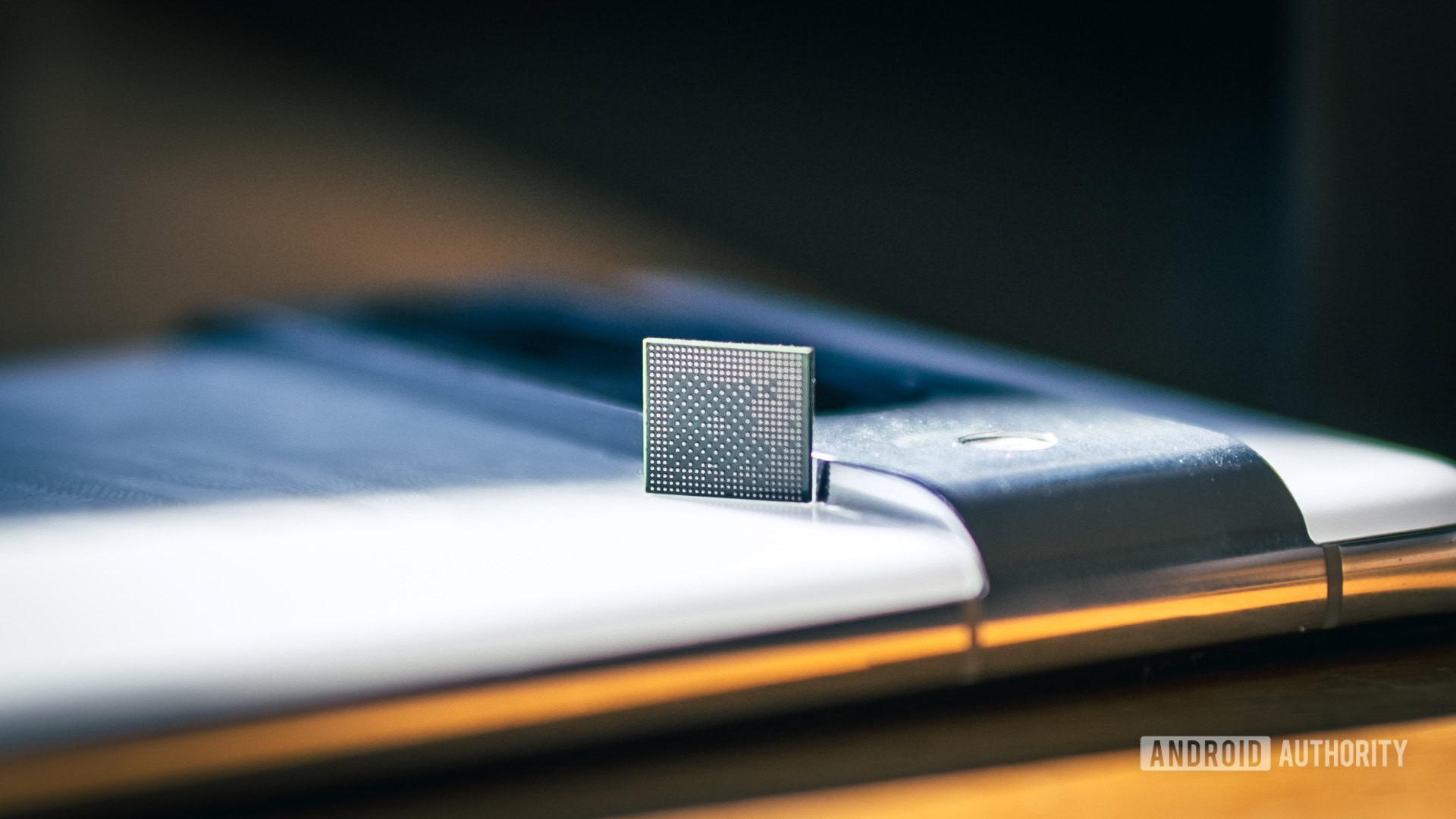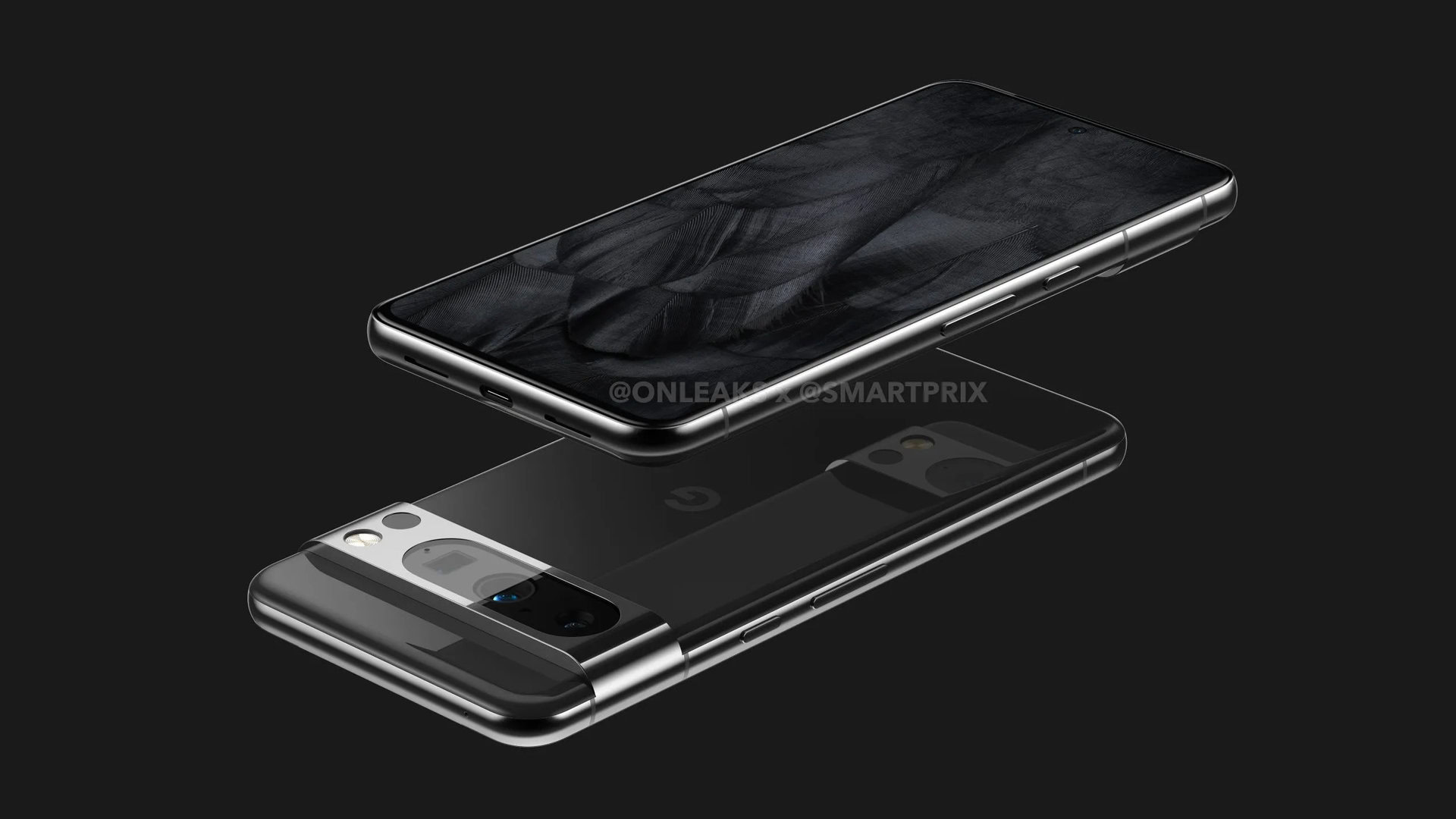Exclusive: Everything you want to know about the Pixel 8’s processor has leaked
Robert Triggs / Android Authority
Two years ago, Google introduced Tensor, the first custom SoC for smartphones. Thanks to an enduring partnership with Samsung’s semiconductor division and its own engineering talent, we’re now on our second-generation unique Tensor chip, the latest of which powers the Pixel 7 series. While the project has received some criticism for its lack of absolute top performance in favor of AI smarts, there’s no arguing with the success of recent Pixel models.
Tensor has given Google the freedom to leverage its AI expertise and build brand new experiences that would otherwise be impossible, which has become the core of the Pixel’s identity. Thanks to a source inside Google, we’ve gotten a lot of insight into the upcoming Google Pixel 8 series phones, as well as the SoC that will power them: Tensor G3 (codenamed zuma). Let’s get right into it.
Tensor G3 has more modern CPUs

Tensor G2 was a rather uninspired chipset in terms of CPU performance. At release, all cores were already two generations behind the competition. The only real change from the first generation chip was a mid-cluster upgrade from rather archaic Cortex-A76 cores to a more appropriate Cortex-A78. The chip retained the unusual 4+2+2 core layout, while most other chip vendors used a 4+3+1 layout with a single large core.
With Tensor G3, Google finally puts more up-to-date cores in the chip. The entire CPU block has been redesigned to use 2022 ARMv9 cores. The core layout has also been tweaked – gone is the unusual 4 + 2 + 2 arrangement, and instead Google added … an even weirder one?
The Tensor G3 will contain nine CPU cores — four small Cortex-A510s, four Cortex-A715s and a single Cortex-X3, while increasing frequencies compared to previous generations. This should lead to a significant performance boost and should see the Tensor G3 match the performance of the other 2022 flagship SoCs (although it will fall behind chips using the newly announced ARMv9.2 cores) . We’ll have to see if the Pixel 8’s cooling solutions can handle all these big cores while running at full capacity.
| Tensor G3 (zuma) | Tensor G2 (gs201) | tensor (gs101) | |
|---|---|---|---|
|
Large cores |
Tensor G3 (zuma)
1x Cortex-X3 @ 3.0 GHz |
Tensor G2 (gs201)
2x Cortex-X1 @ 2.85 GHz |
tensor (gs101)
2x Cortex-X1 @ 2.8GHz |
|
Medium cores |
Tensor G3 (zuma)
4x Cortex-A715 @ 2.45GHz |
Tensor G2 (gs201)
2x Cortex-A78 @ 2.3GHz |
tensor (gs101)
2x Cortex-A76 @ 2.25 GHz |
|
Small nuclei |
Tensor G3 (zuma)
4x Cortex-A510 @ 2.15GHz |
Tensor G2 (gs201)
4x Cortex-A55 @ 1.8GHz |
tensor (gs101)
4x Cortex-A55 @ 1.8GHz |
The move to ARMv9 also allows Google to implement new security technologies. The Pixel 8 will feature Arm’s Memory Tagging Extensions (MTE), which can prevent some memory-based attacks. Other phones already support MTE in hardware but don’t have it enabled in Android. The Pixel 8 bootloader appears to be the first to implement this interface.
Of course, the most significant change with ARMv9 is the move to 64-bit code execution. While Tensor G2 devices, such as the Pixel 7 series, have already dropped support for older 32-bit apps, they keep 32-bit libraries on board (in addition to 32-bit cores). This changes with the Pixel 8; the phone comes with 64-bit binaries only. However, it is unclear whether the Cortex-A510 cores are configured with AArch32 support. Anyway, the Pixel 8 offers users a 64-bit experience.
Ray tracing graphics on board

Robert Triggs / Android Authority
Graphics has always been a focus of Google’s Tensor lineup, even if the latest Tensor G2 doesn’t top the performance benchmarks. The original Tensor’s absolutely massive 20-core Mali-G78 configuration (of a maximum of 24 cores) outperformed Qualcomm’s Snapdragon 888 and Samsung’s Exynos 2100, but was soon surpassed by newer models. Still, chunky graphics are useful for neural network applications that run more efficiently on a GPU than Google’s TPU.
Although Google has moved to a newer Mali-G710, Tensor G2 benchmarks showed that the seven-core setup only delivered better sustained performance rather than any tangible improvement in graphics performance. Tensor G3 in the Pixel 8 will rectify this with a predictable upgrade to the Arm Mali-G715.
| Tensor G3 (zuma) | Tensor G2 (gs201) | tensor (gs101) | |
|---|---|---|---|
|
GPU core model |
Tensor G3 (zuma)
Mali-G715 (Immortalis) |
Tensor G2 (gs201)
Mali-G710 |
tensor (gs101)
Mali-G78 |
|
Core count |
Tensor G3 (zuma)
10 |
Tensor G2 (gs201)
7 |
tensor (gs101)
20 |
|
Frequency (shaders) |
Tensor G3 (zuma)
890MHz |
Tensor G2 (gs201)
848MHz |
tensor (gs101)
848MHz |
While my source couldn’t give the exact number of cores, several hardware configuration details I obtained suggest an MP10 configuration (ten cores). This would make the GPU the “Immortalis” variant of the G715, complete with ray-tracing capabilities.
The first smartphone chip with AV1 encoding
The first generation of Google Tensor used a hybrid architecture for its video accelerators; it used a generic Samsung Multi-Function Codec (MFC) IP block, the same as on Exynos chips, but AV1 support was explicitly omitted. That’s where Google’s custom “BigOcean” hardware video decoder block came into play. “BigOcean” supports up to 4K60 AV1 video decoding. Tensor G2 left the hardware block largely unchanged, retaining the same decoding capabilities.
Tensor G3 finally upgrades the video block. First, the MFC block now supports 8K30 video decoding/encoding in H.264 and HEVC (other configurations remain unchanged). It’s important to note that as of now, a dedicated internal version of Google Camera used to test the Pixel 8 series doesn’t support recording 8K video, and in my opinion, it’s unlikely it ever will to happen. Pixels already struggle with thermals while recording 4K, not to mention how quickly it would fill up storage.
| Tensor G3 (zuma) | Tensor (gs101) | Tensor G2 (gs201) | |
|---|---|---|
|
H.264 decoding |
Tensor G3 (zuma)
8K30| 4K120| 720p240 (MFC) |
Tensor (gs101) | Tensor G2 (gs201)
4K120| 720p240 (MFC) |
|
H.264 encoding |
Tensor G3 (zuma)
8K30| 4K120| 720p240 (MFC) |
Tensor (gs101) | Tensor G2 (gs201)
4K120| 720p240 (MFC) |
|
HEVC decoding |
Tensor G3 (zuma)
8K30| 4K120| 720p240 (MFC) |
Tensor (gs101) | Tensor G2 (gs201)
4K120| 720p240 (MFC) |
|
HEVC encoding |
Tensor G3 (zuma)
8K30| 4K120| 720p240 (MFC) |
Tensor (gs101) | Tensor G2 (gs201)
4K120| 720p240 (MFC) |
|
decode AV1 |
Tensor G3 (zuma)
4K60| 1080p120 (BigWave) |
Tensor (gs101) | Tensor G2 (gs201)
4K60| 1080p120 (Pacific Ocean) |
|
AV1 encoding |
Tensor G3 (zuma)
4K30| 720p240 (BigWave) |
Tensor (gs101) | Tensor G2 (gs201) |
More importantly, though, Google’s homegrown “BigOcean” block has now evolved into “BigWave.” While video decoding capabilities remain the same (up to 4K60 AV1 video), the block now supports AV1 encoding up to 4K30. This makes Google the first smartphone brand to ship an AV1 encoder in a mobile device. It’ll be interesting to see how it’s used, as the 30fps limit isn’t ideal for video recording.
An improved TPU for AI smarts
Tensor’s main focus is undoubtedly AI. After distilling the edgeTPU server ML accelerators into the Pixel 4’s Pixel Neural Core, Google’s first-generation Tensor came with a built-in TPU codenamed “Abrolhos” running at 1.0 GHz. It delivered excellent performance, especially in Natural Language Processing (NLP) tasks.
Tensor G2 upgraded the TPU to the code name “Janeiro”, which still runs at 1.0 GHz. Google claimed it was up to 60% faster than the original chip in camera and voice tasks. Tensor G3 predictably includes a new version of the TPU – codenamed “Rio” and runs at 1.1 GHz. While I don’t currently have specific performance data, “Rio” should still be a significant upgrade.
Other Tensor G3 improvements go to the Pixel 8

Robert Triggs / Android Authority
GXP to offload more processing
Tensor G2 introduced a new element that wasn’t much talked about: Google’s custom “Aurora” digital signal processor (DSP), also known as GXP. DSPs are specialized processors for tasks like image processing, which is exactly how Google uses it. GXP replaces the GPU in many common image processing steps, such as blurring and local tone mapping (it does more than just that, but details are sparse and beyond the scope of this article anyway). This makes these common operations faster and more efficient.
Tensor G2 shipped with a first-generation GXP (codenamed “amalthea”) in a 4-core configuration with 512 KB of tightly coupled memory per core, all running at 975 MHz. Tensor G3 features a brand new second-generation GXP (codenamed “callisto”) in a similar 4-core, 512KB/core configuration, with a modest frequency boost of 1065MHz.
Faster UFS memory
Tensor G3 includes a new version of Samsung’s UFS controller, which now supports UFS 4.0 storage. UFS 4.0 is a major upgrade over UFS 3.1, doubling theoretical speeds and improving efficiency by up to 50%.
Other flagship smartphones, such as the Samsung Galaxy S23 Ultra, already feature UFS4.0 storage. This upgraded controller allows the Google Pixel 8 to catch up and close the gap.
No major modem upgrades
One of the biggest shortcomings of the original Tensor was the weak Samsung Exynos Modem 5123 modem. It lagged behind other vendors, in terms of performance and standards supported, and had major power consumption and thermal issues. Not to mention the initial stability issues, although those have been greatly reduced by software updates.
Tensor G2 switched to the Exynos Modem 5300. It brought performance and efficiency improvements, but for the most part it didn’t solve the heat and power consumption issues. According to rumors, the Tensor G3 will still use the same modem, albeit a slightly different variant.
Tensor G3 will power the Google Pixel 8

That’s all you need to know about Google’s upcoming chip. Tensor has given Google more control over the direction of its smartphone brand while offering experiences you can’t replicate on competing handsets. That recipe will be critical for the upcoming Pixel 8 series.
Unlike Tensor G2, which was a smaller refresh, Tensor G3 appears to be a bigger upgrade. Google is trying to get competitive in general application processing, and with the CPU and GPU upgrades it’s making, it just might.
Stay connected with us on social media platform for instant update click here to join our Facebook












